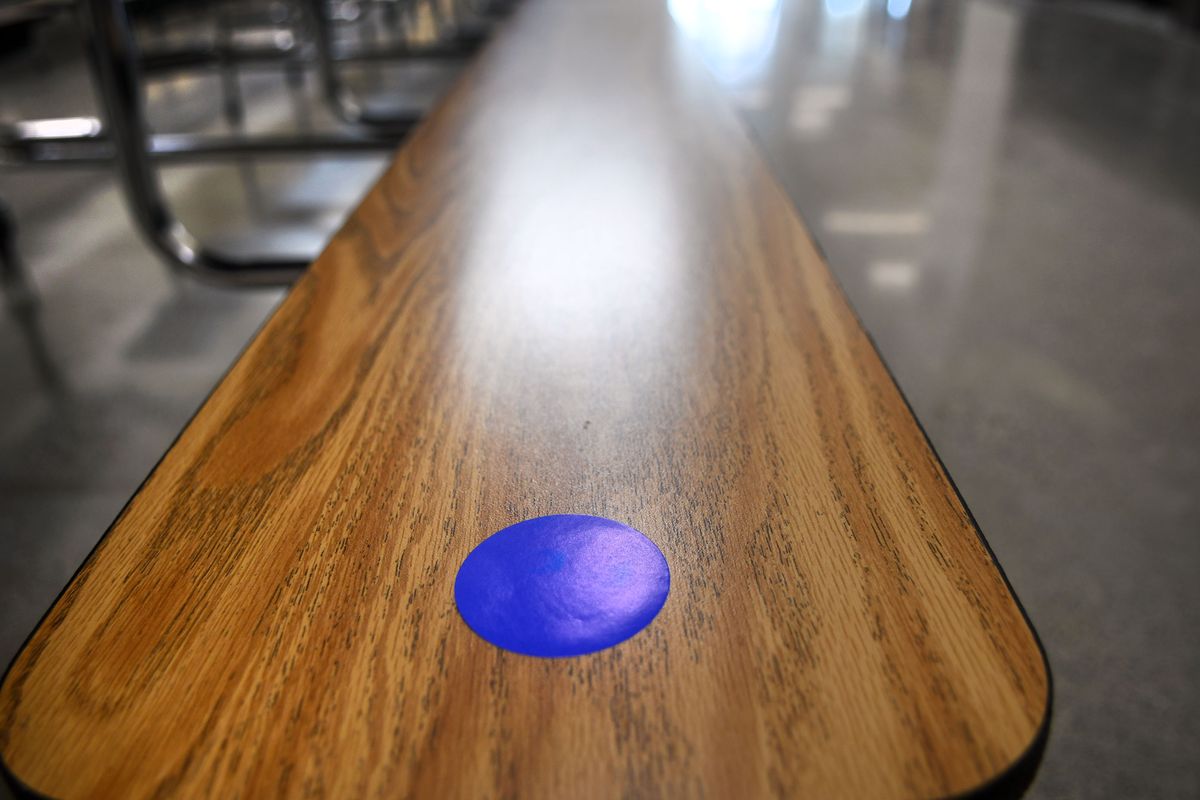Going back to school

Spokane Public Schools made a little history last week.
The district conducted the biggest team-building exercise anyone can remember, as tens of thousands of teachers, parents and students gathered to talk about how they can make this distance-learning thing work.
Because – at the risk of repeating the most-used cliché of 2020 – we’re all in this together. Even if we’re apart.
The stakes couldn’t be higher. Kids have lost a lot to the COVID-19 pandemic, which is sticking around like an invisible playground bully.
They’ve fallen behind in their subjects and lost sight of the friendly faces at school. In some of Spokane’s poorer neighborhoods, kids have lost their way.
For them, school is the signpost that will show the way back.
For that reason, back-to-school conferences for some families had to be more than picking up a laptop and a few supplies.
Implied in these meetings was an understanding that teachers – better trained than before – would do all they can.
But parents need to hold up their end, just as they did before COVID. Students need to be dressed, fed breakfast and be ready to learn by 8:30 every morning.
“My big word right now is ‘engagement,’ ” said Patricia Kannberg, principal at Regal Elementary School in northeast Spokane. “How do we really connect with students and get them to buy in?”
That seemed easy enough on a pleasant Wednesday afternoon. Unlike most schools, Regal chose to hold its conferences outside. As the sun shone on the playground, teachers and families sat on chairs and talked.
Everyone wore a face covering – another preview of things to come when Spokane finally returns to in-person instruction.
No mask could hide the teachers’ enthusiasm, their body language seeking to engage skeptical parents who recall the ragged retreat to distance learning last spring and the loss of learning time.
“It’s an exciting day,” Kannberg said.
“But I told my teachers that you have to be entertaining in these first couple of weeks, more than you ever have been in your career, because that’s where we have to hook them.”
Depending on COVID-19 infection levels, it could be months before a significant number of students is back in class.
The conferences offered a chance to put names to faces, even if they were obscured by a mask.
“We’re just grateful to the district for the conference time, to be able to handle the technical glitches and set our kids up for success,” said Holly McClanahan, a fourth-grade teacher at Regal. “In the spring, we were flying by the seat of our pants.”
By all accounts, spring was a disaster at almost every school district.
Teachers chose whatever digital platform they felt comfortable with. Parents couldn’t cope, and many kids – more than half, at most schools – simply stopped participating.
This year will be different, promises the district, which devoted the previous week to staff seminars.
All lessons will be held on the same platform, Microsoft Teams. Every child will have a laptop and the know-how to use it; so will parents.
Kannberg encourages parents to help their child log on in the first few days.
“The last thing we want is for people to get frustrated,” Kannberg said. “We’re going to be so good at this in a couple of weeks.”
At Sheridan Elementary in East Central, second-grade teacher Shuree Clay praised MS Teams as a platform “that can integrate with almost any other platform.”
“It has so much potential – I think it will be an awesome platform,” Clay said.
Clay made it a point during conferences to ask parents and guardians how much they’ve learned about MS Teams; that will be critical in helping the youngest students.
“You always have to take what they say with a grain of salt,” Clay said. “Some of them want to think that they’ve got it handled, but we let them know that it’s OK if you don’t understand it.”
For those who don’t, help is everywhere on the district website.
For Regal teacher McClanahan, one of MS Teams’ biggest selling points is that “now we can see all of our students’ faces.”
“And be able to make eye contact,” said Susan Pfeifer, who will be team-teaching with McClanahan.
At both schools, teachers and staff tried to go beyond the curriculum and deal with real-life issues.
One of the biggest problems with distance learning – and the reason some districts have gone to a hybrid model this fall – is the lack of physical contact.
In many low-income neighborhoods, teachers and counselors are the first to raise the red flags that point to problems at home.
Soon after taking over this summer, new Superintendent Adam Swinyard promised to make it a priority to reach kids where they live, “to ring doorbells and knock on doors,” he repeated during Wednesday’s school board meeting.
That should be easier thanks to the requirement that all students sign on each morning; those who don’t can expect follow-up contact.
As parents departed the Regal playground, they picked up supplies, chatted with staff and pondered the future.
Will it be better?
“We’re hoping so,” said Chris Goldsmith as he and daughter Alyssa walked out. “It’s normal, but it’s not normal.”
A few feet away, Heidilynn Latham tried to stay as positive as her son, Regal fourth-grader E.J. Reano.
“Am I excited?” Latham said. “Sort of.”
Then she explained that she works a graveyard shift in a demanding production job.
“When he’s at school, I sleep … so I hope it’s better organized this year,” Latham said.
